Renovating a house: an expert guide
Restoration expert Owen Pacey advises on renovating a house – to preserve its original character and period features
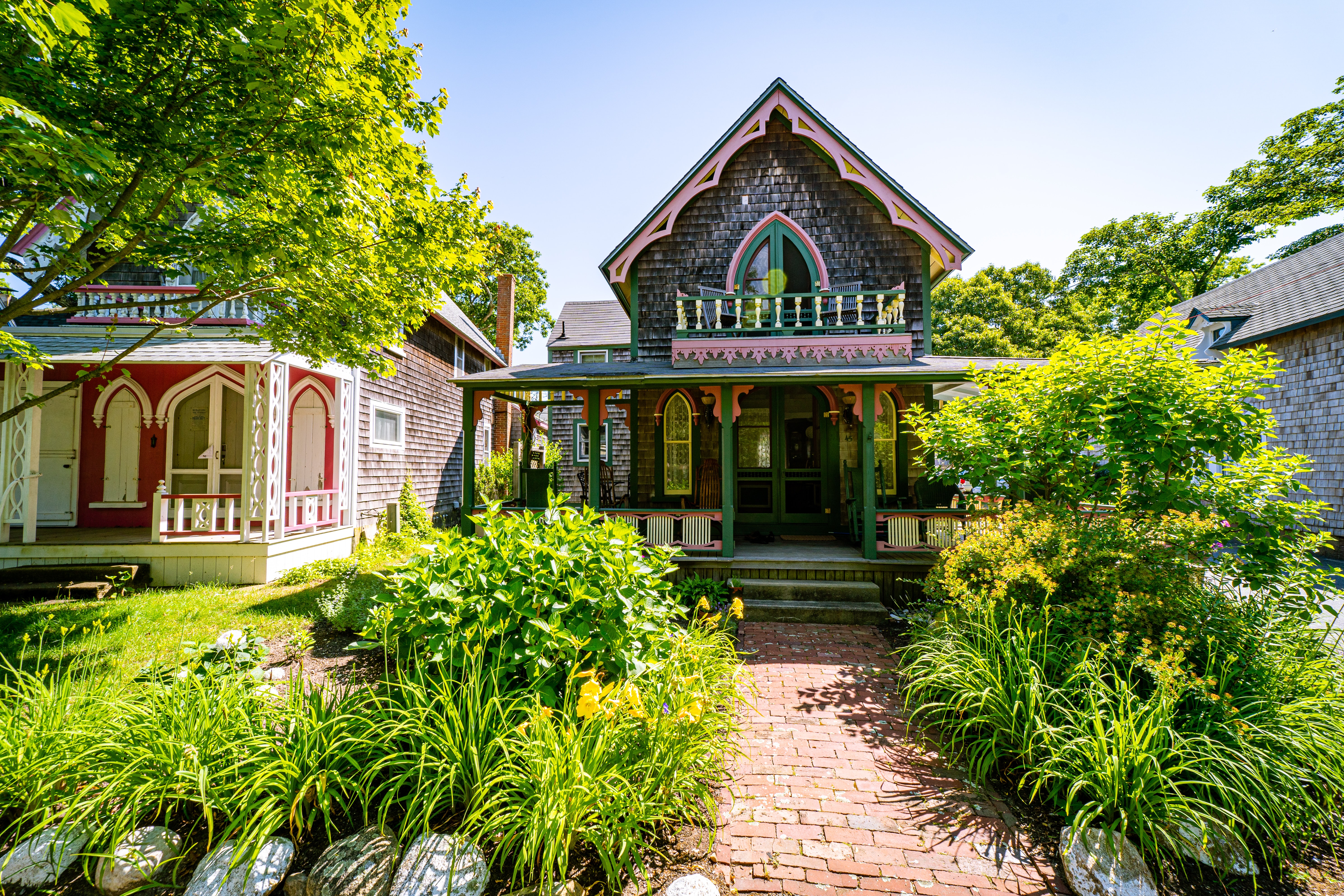
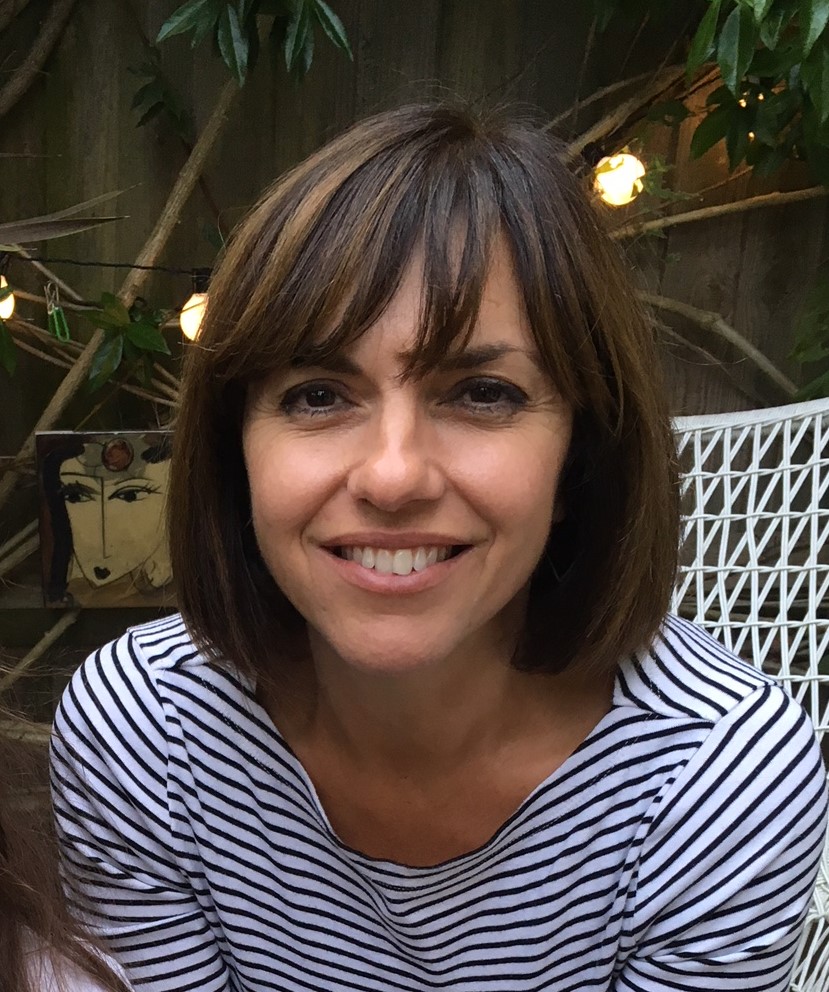
Have you ever dreamed of getting your teeth stuck into a real doer-upper? Renovating a house is a long journey, starting with finding the right place in the right location, oozing with period charm and potential, to the final pay-off of a home for life.
One of the best parts of home renovation is the combination of the ‘good bones’ that different house styles – whatever their period – can offer, whether that’s high ceilings, decorative internal architectural features like arches, or comforting wooden beams, and being able to really put your stamp on it.
Renovating a house
Salvaging the best parts of a period home and embellishing it with your style and tastes is a surefire way to achieve a unique, valuable and, most importantly, liveable home. Expert advice is from Owen Pacey, founder of Renaissance London, which is popular amongst celebrity clients, including Mick Jagger, Orlando Bloom, Kate Winslet, and Naomi Campbell.
Be budget savvy
'There’s a reason why only a few of us are undertaking thrilling, once-in-a-lifetime passion projects like renovating a period property. The first and most important element to consider before starting this journey is your budget.
'Renovating period homes can be time-consuming and money-draining, but if you plan extensively, you can stay within your projected spend. Factor in hidden costs like window repairs, plumbing work, roofing, and any unanticipated structural work.
'Giving yourself a buffer budget will make life a lot easier and will allow you to make quicker, easier choices about interior finishes and furniture.'
Ensure you can make the upgrades you want
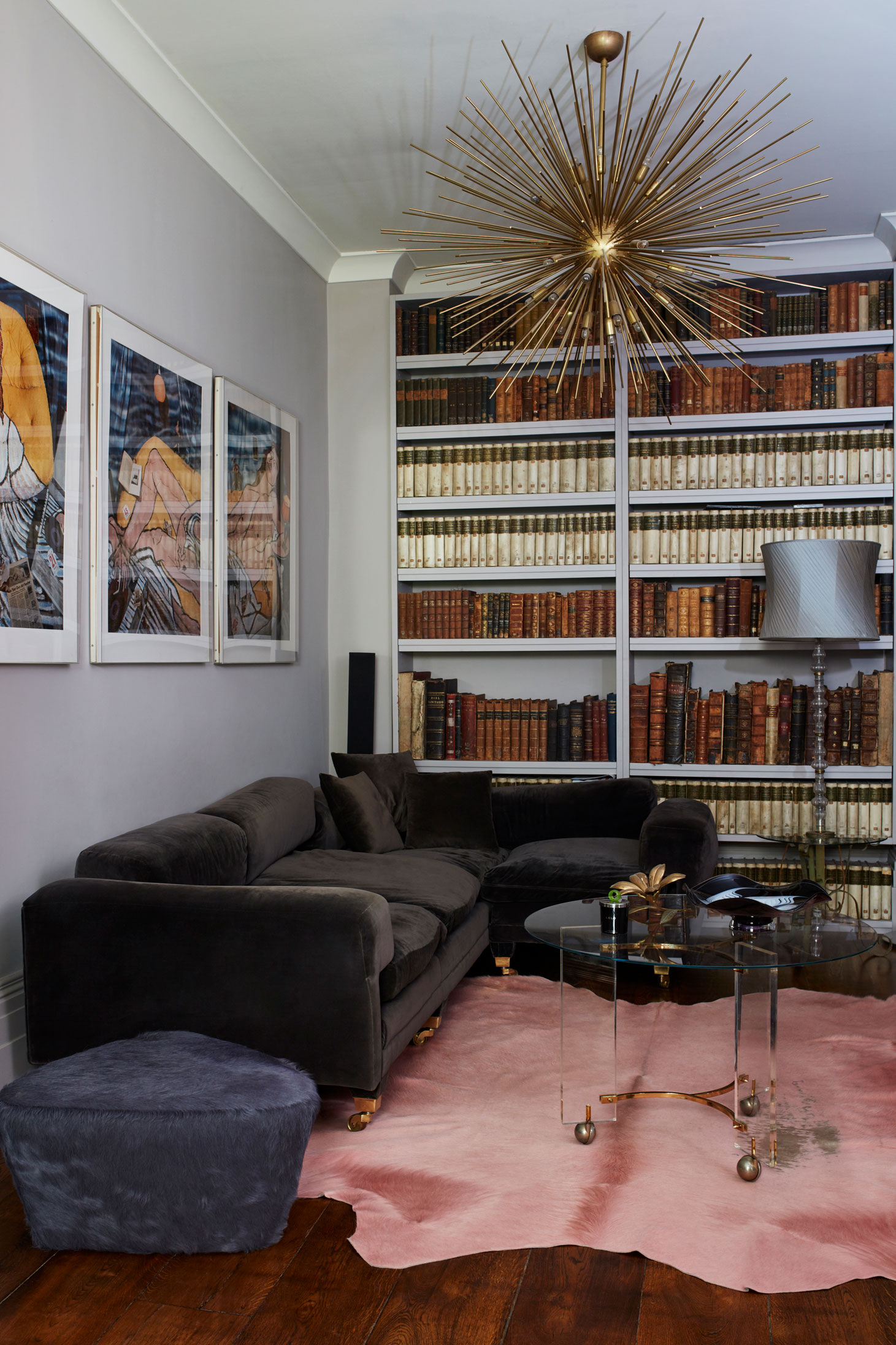
'When it comes to setting off on your journey towards your ideal period conversion, it’s important to research the property of interest to make sure that once you’re in, you can make the changes you want to make.
'In the UK, for example, you should check if the property is Listed before you buy, as buildings with Grade I or II listings are notoriously well protected from building works to preserve their character. Rightly so, but make sure you know this before you buy.
'When gaining permission for building works, be prepared to negotiate. Every property should be investigated on a case by case basis, so any one size fits all approach to building permission can be questioned. The same goes for finding a trustworthy contractor. Ask for references from previous clients and ask to see a portfolio if possible.
'Insurance is also non-negotiable when renovating a period home. I’ve thanked my past self for taking out good insurance on several occasions, especially after a design project for a client has been staged and is ready to be handed over. Insurance is a safety net, and accidents don’t discriminate!'
Look for good bones in a property
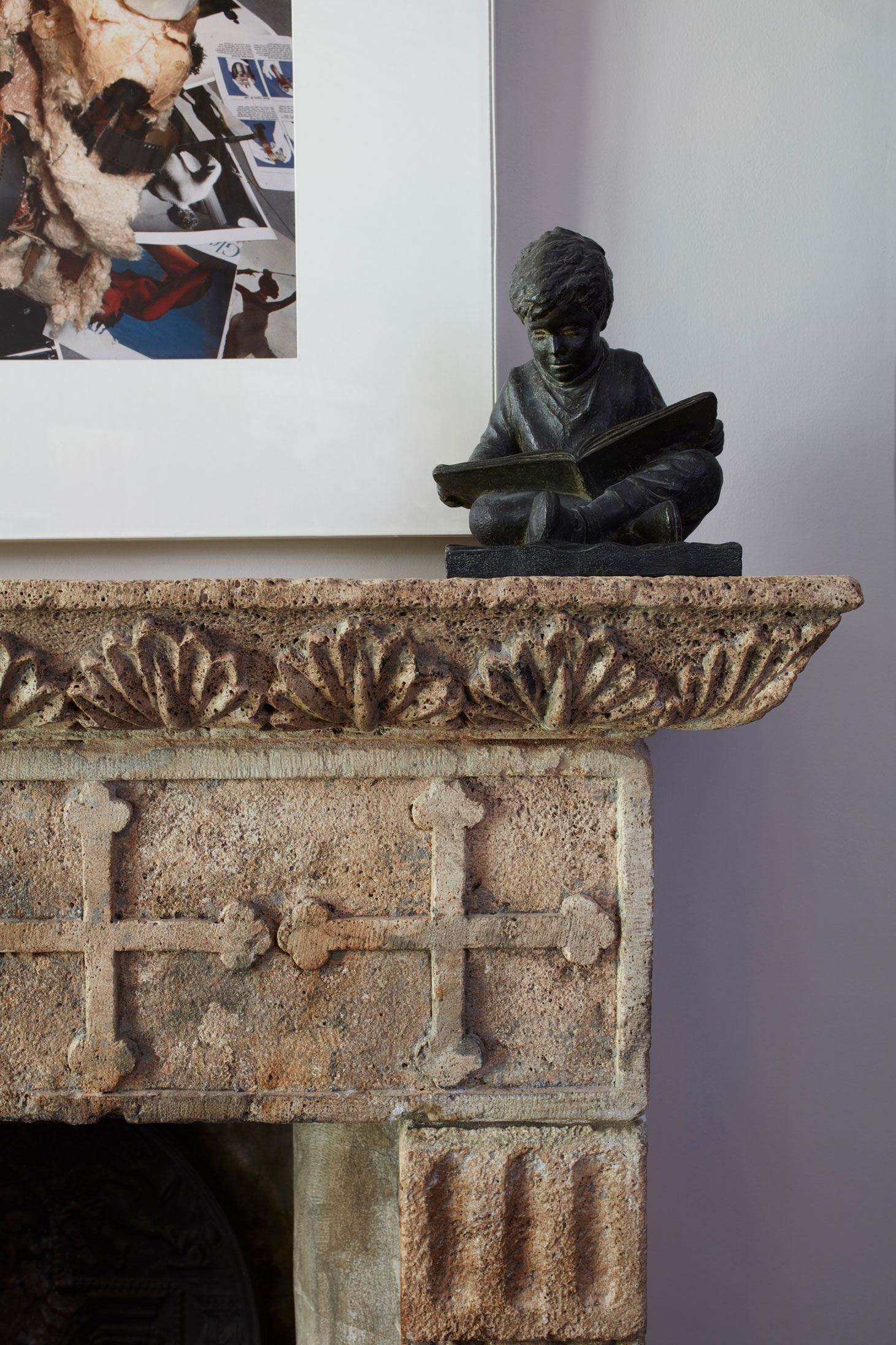
'The chances are, if you’re renovating a period property, it’s because you love the architecture more than you love the scraps of dated wallpaper stubbornly clinging to the wall, or the carpets that haven’t been touched in 50 years.
'The bones of the property need TLC, and your first step in any renovation project should be to augment and highlight the structural beauty of the property, beyond your vision for the color palette or the furniture.
'Restoring the original plasterwork is a good place to start. Unless there is any indication of the original coving and cornice, do some research into designs that are sympathetic to the era of the property, and put it back into the rooms. This does wonders to elevate the space, giving it a sense of grandeur and refinement.
'You can also ask to see inside neighboring properties that may have been better preserved over time to serve as inspiration for this kind of foundational design work. This also applies to doors and fireplaces, which provide fantastic opportunities to leverage the property’s historical aesthetic.'
Give a nod to tradition
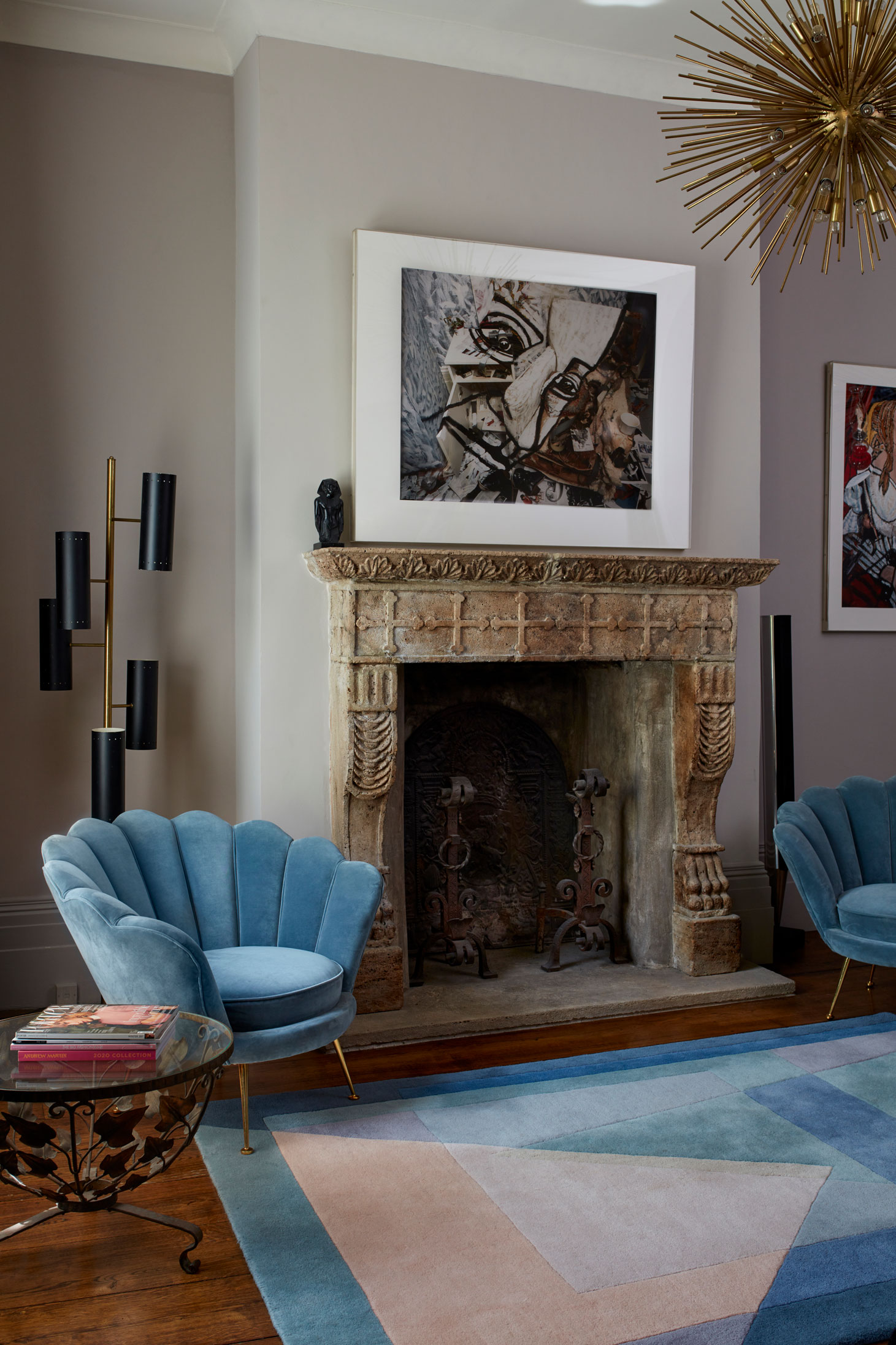
'Under no circumstances should you feel that all the furniture you specify should be sympathetic to the style or era of the property. Of course, it’s a nice nod to a Victorian property to keep a bow-fronted Victorian chest of drawers in one of the bedrooms, but unless your project is a strict restoration, feel free to play with different design movements and silhouettes in the same space.
'Period homes really benefit from a spike of contemporary color or a piece of modern art. The contrast elevates and amplifies the beauty of the architecture you’ve taken the time to preserve.
'For me, mixing and matching furniture from different decades makes for a dynamic, inspiring home. Generally speaking, I’d advise against mixing over three design decades to keep your home looking eclectic and interesting without verging on chaotic. I love to clash Art Deco with funky, angular pieces from the 1960s and 1970s.'
Get the lighting right
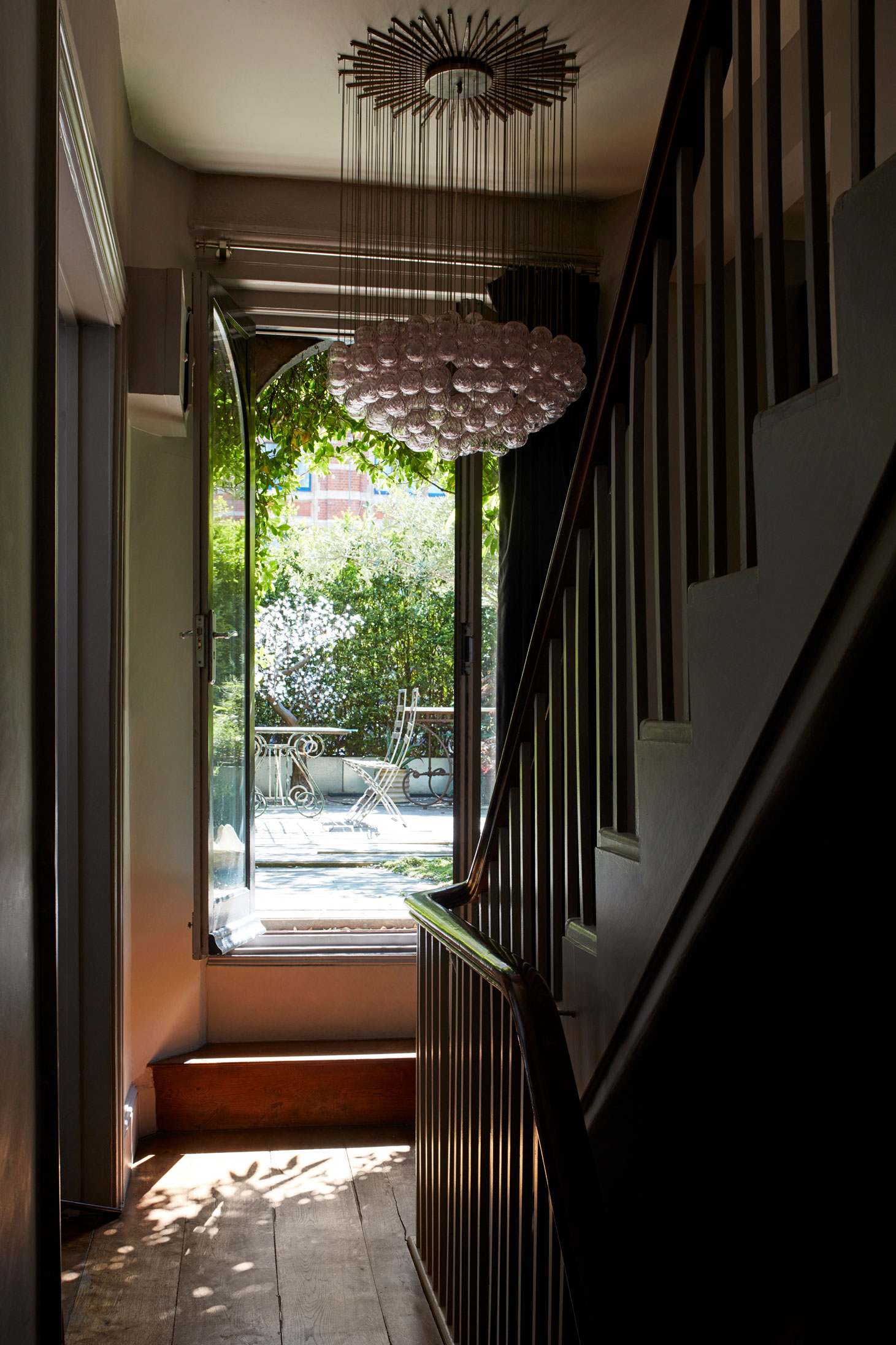
'Lighting is the most valuable tool for any interior designer. Lighting can make or break a space, and period renovations benefit hugely from strategic lighting that emphasizes architectural features, artwork and furniture.
'Downlights are the most unflattering form of lighting for your home and your guests. Steer clear of these and opt for a range of lamps or pendant lights that accentuate the room and highlight key features. For example, hang a statement sputnik chandelier from an ornate, traditional Edwardian ceiling rose, or position some 1960s Nesso lamps by G Mattioli for Artemide on Art Nouveau side table for the ultimate lighting statement.'
Sign up to the Homes & Gardens newsletter
Design expertise in your inbox – from inspiring decorating ideas and beautiful celebrity homes to practical gardening advice and shopping round-ups.

Lucy Searle has written about interiors, property and gardens since 1990, working her way around the interiors departments of women's magazines before switching to interiors-only titles in the mid-nineties. She was Associate Editor on Ideal Home, and Launch Editor of 4Homes magazine, before moving into digital in 2007, launching Channel 4's flagship website, Channel4.com/4homes. In 2018, Lucy took on the role of Global Editor in Chief for Realhomes.com, taking the site from a small magazine add-on to a global success. She was asked to repeat that success at Homes & Gardens, where she has also taken on the editorship of the magazine.
-
 Sick of white walls? My journey from minimalist to maximalist, one paint stroke at a time
Sick of white walls? My journey from minimalist to maximalist, one paint stroke at a timeWhat do you do if you’re bored with plain walls? If you’re me, you go full muralscape
By Sophia Pouget de St Victor Published
-
 5 vital ways a home battery backup can help with your most urgent needs in a power outage – from heating to flood prevention and calls
5 vital ways a home battery backup can help with your most urgent needs in a power outage – from heating to flood prevention and callsExperts say they're a worthy investment
By Clement Feng Published